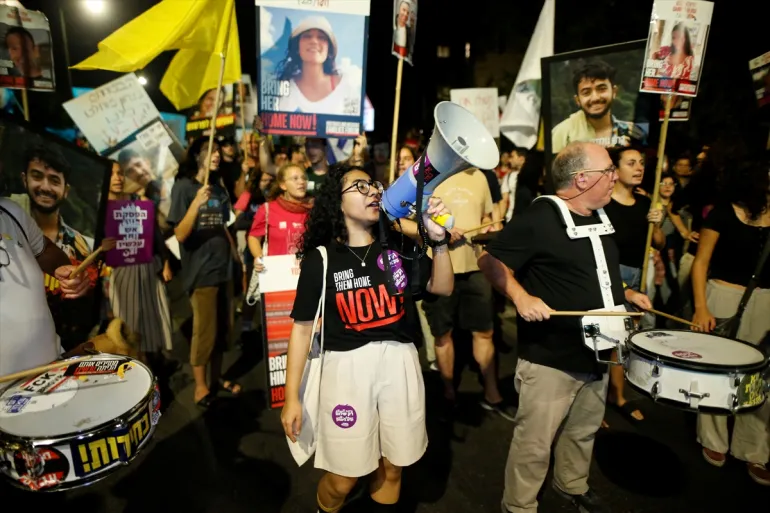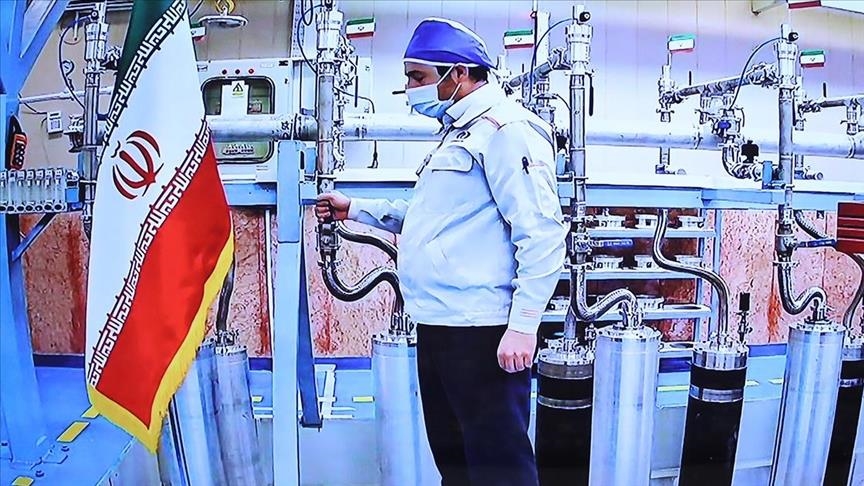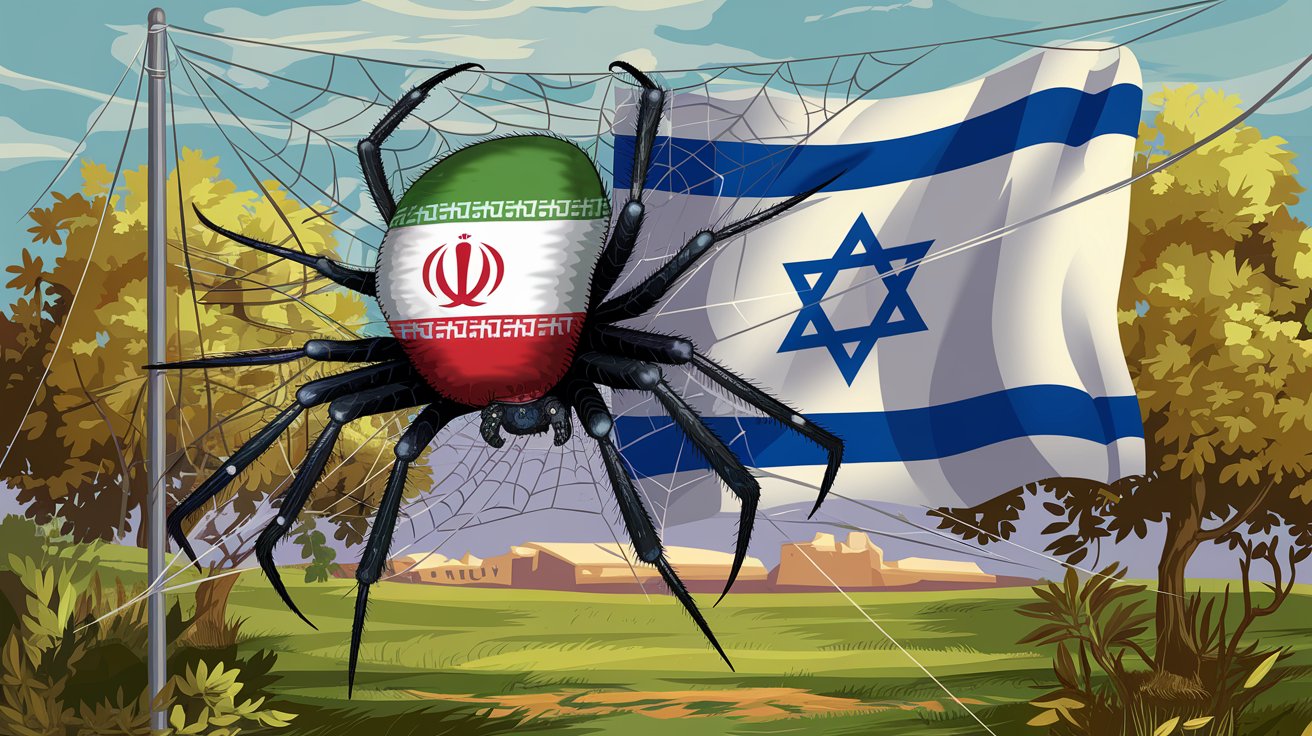In recent months, Israel has provoked Iran several times, culminating in the assassination of Hamas leader Ismail Haniyeh in Tehran this past July. Despite the seriousness of the event and Tehran’s promise of “harsh retaliation,” Iran’s long-anticipated response has yet to materialize. This delay has raised many questions: why hasn’t Iran, a nation with growing regional influence, responded forcefully to what many see as a blatant violation of its sovereignty? The answer lies in a complex blend of strategic, military, and political factors that highlight the delicate situation and Tehran’s calculated approach.
The reasons behind Iran’s caution
One of the main reasons Iran has chosen not to respond immediately lies in its desire to avoid a large-scale regional war. As newly elected Iranian President Masoud Pezeshkian explained during a press conference, Israel seems to have deliberately sought to drag Tehran into a regional conflict, using Haniyeh’s assassination as a pretext. Aware of this tactic, Iran has so far exercised restraint, avoiding what it sees as a trap set by Tel Aviv to further destabilize the Middle East. Pezeshkian emphasized that while Iran reserves the right to defend itself, any action taken will be “precise” and “at the right time.”

This waiting strategy is not by accident, but rather the result of deep reflection within the upper echelons of Iranian power. The Iranian Revolutionary Guard Corps (IRGC) has openly stated that time is on Iran’s side, and a response may come only after a long period of waiting. This position, seemingly contradictory to the rhetoric of immediate revenge—largely fueled and perhaps anticipated by Western media—underscores Tehran’s intent to prepare a calculated and precise response, avoiding past mistakes as demonstrated in previous conflicts. In a context of heightened tensions, Iran must not only contend with Israel but also with the likely involvement of the United States, ready to intervene in defense of its long-time ally. Following the attack on Haniyeh, the U.S. began preemptively shifting its forces into the Middle East.
Another crucial factor is the historical lesson Iran learned from the devastating eight-year war with Iraq, which left deep scars on the nation. That conflict, which began in 1980, taught Iran’s leadership that another large-scale war would be an economic and social disaster, potentially threatening the country’s internal stability. Since then, Tehran’s policy has been driven by one key objective: to avoid another conflict of that magnitude at all costs. This legacy is reflected in Iran’s current strategy of “strategic patience”—or what I prefer to call “the spider’s patience”—rather than opting for immediate and direct confrontation.
Iran’s medium/long term goals
From my perspective, Iran’s “spider’s patience” strategy has three clear objectives.
The first is to keep Israel under constant pressure by maintaining the looming threat of an imminent attack. In this regard, Western media is paradoxically aiding Iran more than Israel, despite the fact that Netanyahu benefits from reinforcing his long-standing rationale for a preemptive strike against Iran. Israel and Netanyahu are currently facing a multitude of internal challenges:

- Complete Stalemate in Gaza. Despite efforts, Hamas has not been weakened, and the Palestinian population remains resilient, refusing to abandon their land or political leadership.
- The hostages remain captive, leading to ongoing protests from victims’ families and widespread dissatisfaction among the public.
- There’s the issue of displaced settlers in the north.
- The Israeli military is also facing significant challenges, with the IDF now fighting the longest war in its history. The constant strain is wearing down military personnel. Former Israeli General Yitzhak Brik has warned that Israel could “collapse within a year” if the conflict with Hamas and Hezbollah does not come to an end.
- The Israeli port of Eilat has declared bankruptcy due to the ongoing attacks by Yemeni Houthis in the Red Sea.
The second objective is geopolitical and geostrategic. In recent years, new geopolitical alliances like BRICS have formed, with the Global South seeking multipolarity as a new world balance. Iran is part of BRICS+ and the Shanghai Cooperation Organization (SCO), as well as a key member of the “Axis of Resistance”

President Pezeshkian’s administration has shown a willingness to engage in dialogue with the West in an effort to chip away at the solid wall of sanctions that have crippled Iran’s economy. At the same time, however, it hasn’t eased up on its drive to strengthen ties with Russia, China, India, and other countries in the so-called Global South, maintaining a steady and determined pace toward deeper integration with these nations.
The third objective (undeclared, in my personal opinion) is to eventually acquire the ultimate global deterrent: the atomic bomb.

Iranian strategic intelligence never takes a step without carefully weighing it and incorporating it into a precise plan aimed at a specific goal. Iran had signed the JCPOA agreement, which limited uranium enrichment to 3.67% and capped stockpiles at 300 kg. However, after the U.S. assassination of General Soleimani, Iran first suspended its commitments under the agreement and then began stockpiling uranium, alongside an increase in enrichment levels. While Iran’s official nuclear doctrine remains focused on achieving civilian nuclear capabilities, it’s logical to assume that the line between civilian and military nuclear development can be crossed quickly.
Iran needs to strengthen itself internally to better position itself on the international stage. Time is on Iran’s side, not Israel’s. On one side, we have a spider, patiently and meticulously weaving its web. On the other, there is a rabid dog, barking and biting at everything in sight, growing more exhausted and losing clarity with each passing day.
